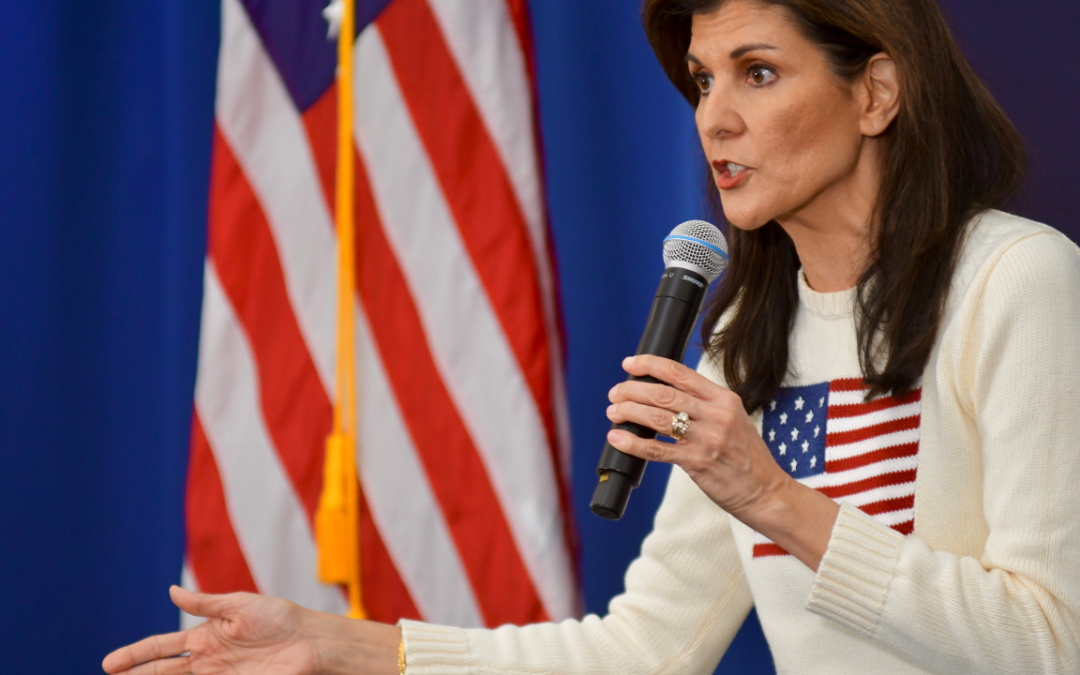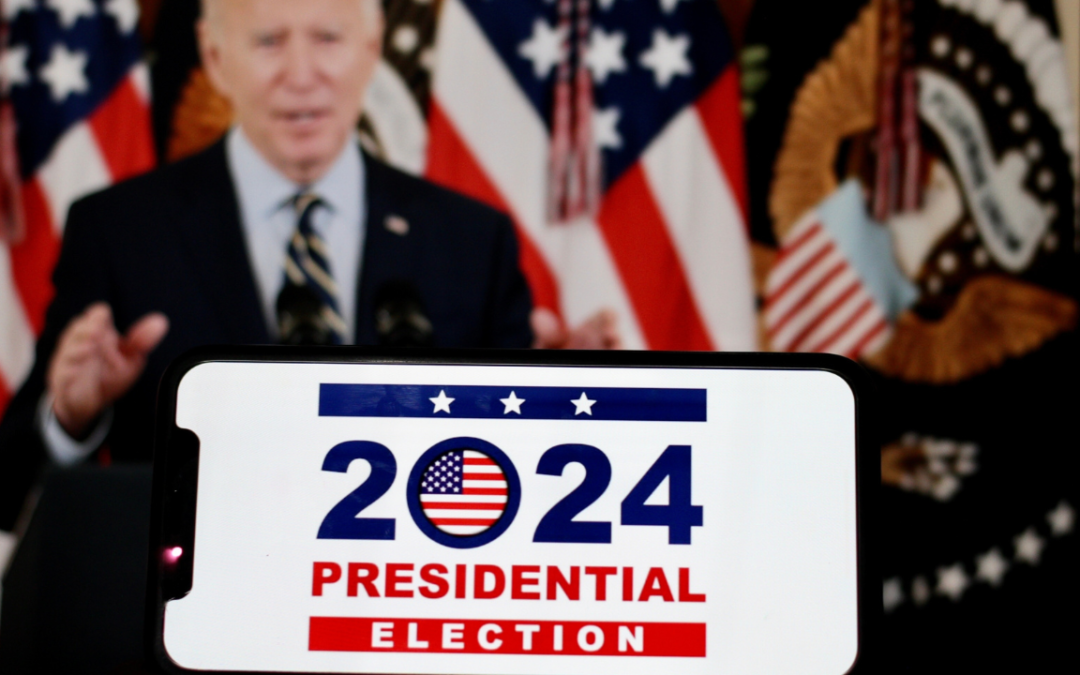Originally published at Project-Syndicate | April 13th, 2023
Perceived threats to the dollar’s role in the global financial system are nothing new; they have been a frequent occurrence since the 1980s. But until would-be challengers can find a credible alternative to the dollar for their own savings, the greenback’s dominance will not really be in doubt.
LONDON – Russia’s war in Ukraine, Vladimir Putin and Xi Jinping’s recent meeting in Moscow, and China’s apparent success in brokering a diplomatic rapprochement between Iran and Saudi Arabia have fueled renewed chatter about threats to the global primacy of the United States – and particularly to that of the US dollar.
I encountered such commentary in the responses to my recent Global Policyarticle assessing the future of the BRICS (Brazil, Russia, India, China, and South Africa). The group is now considering an enlargement that would bring in countries like Iran and Saudi Arabia, raising questions about its criteria for membership and the role of its own New Development Bank. But would a larger and more influential BRICS-Plus really create risks to the dollar?
Perceived threats to the dollar’s role in the global financial system are nothing new; they have been a frequent occurrence since I began my career in the 1980s. Obviously, if there comes a time when the US ceases to be the world’s largest economy, the dollar’s status will be called into question. The same was true of pound sterling in the first half of the twentieth century (though the pound was not knocked off its global perch until well after the United Kingdom had been surpassed economically).
The eclipse of the dollar would not necessarily be a bad thing for the US, given all the added responsibilities that come with issuing the world’s main reserve currency. In a global economy where the US already is no longer as dominant as it once was, it is not optimal to have everyone else be so dependent on the American monetary system and the Federal Reserve’s domestically driven priorities. Other economies would much prefer that their own currencies, monetary policies, and trade patterns not be so influenced by those of the US.
But the fact that a US-excluding group of emerging powers has higher aspirations for itself does not necessarily mean anything for the US-centered financial system. After all, the BRICS and potential BRICS-Plus countries face many significant challenges of their own, and it is not clear what they hope to achieve together beyond issuing symbolic statements. Crucially, the group’s most important economies are China and India, bitter adversaries that rarely cooperate on anything. Until that changes, it is fanciful to think that the BRICS or even an expanded grouping could mount any serious challenge to the dollar.
I often despair at the lack of cooperation between China and India – the world’s two most populous countries by far. If they could overcome their historic animosity and develop an ambitious shared agenda for expanding trade and tackling issues like health threats and climate change, the idea of a BRICS-driven challenge to the financial and monetary status quo would become not just plausible but imminent.
In this spirit, I have long argued that China should make the first move by inviting India to help co-design elements of its signature Belt and Road Initiative. Realizing the BRI’s ambitious agenda of transnational infrastructure investments in cooperation with India would make a far more powerful and lasting contribution to Asia and beyond. Otherwise, the BRI will remain a narrowly Chinese initiative that exists primarily to impose Chinese preferences on others.
The potential addition of Saudi Arabia and Iran comes with similar caveats. Yes, bringing on two major oil producers (in addition to Russia) increases the likelihood of some oil being priced in currencies other than the dollar. But unless edging out the dollar is an explicit, genuinely shared, and deeply held goal, such invoicing changes will be exciting only to niche financial writers. I have lost count of the times I have heard arguments about why oil could soon be priced in a new currency. First it was going to be the Deutsche Mark, then the yen, then the euro. It’s still the dollar.
Finally, and most importantly, for any BRICS (or BRICS-Plus) member to pose a strategic challenge to the dollar, it would have to permit – indeed encourage – foreign and domestic savers and investors to decide for themselves when to buy or sell assets denominated in its currency. That means no capital controls of the kind that China has routinely deployed. Until the BRICS and potential BRICS-Plus countries can find a credible alternative to the dollar for their own savings, the greenback’s dominance will not really be in doubt.
Jim O’Neill: A former chairman of Goldman Sachs Asset Management and a former UK treasury minister, is a member of the Pan-European Commission on Health and Sustainable Development.



